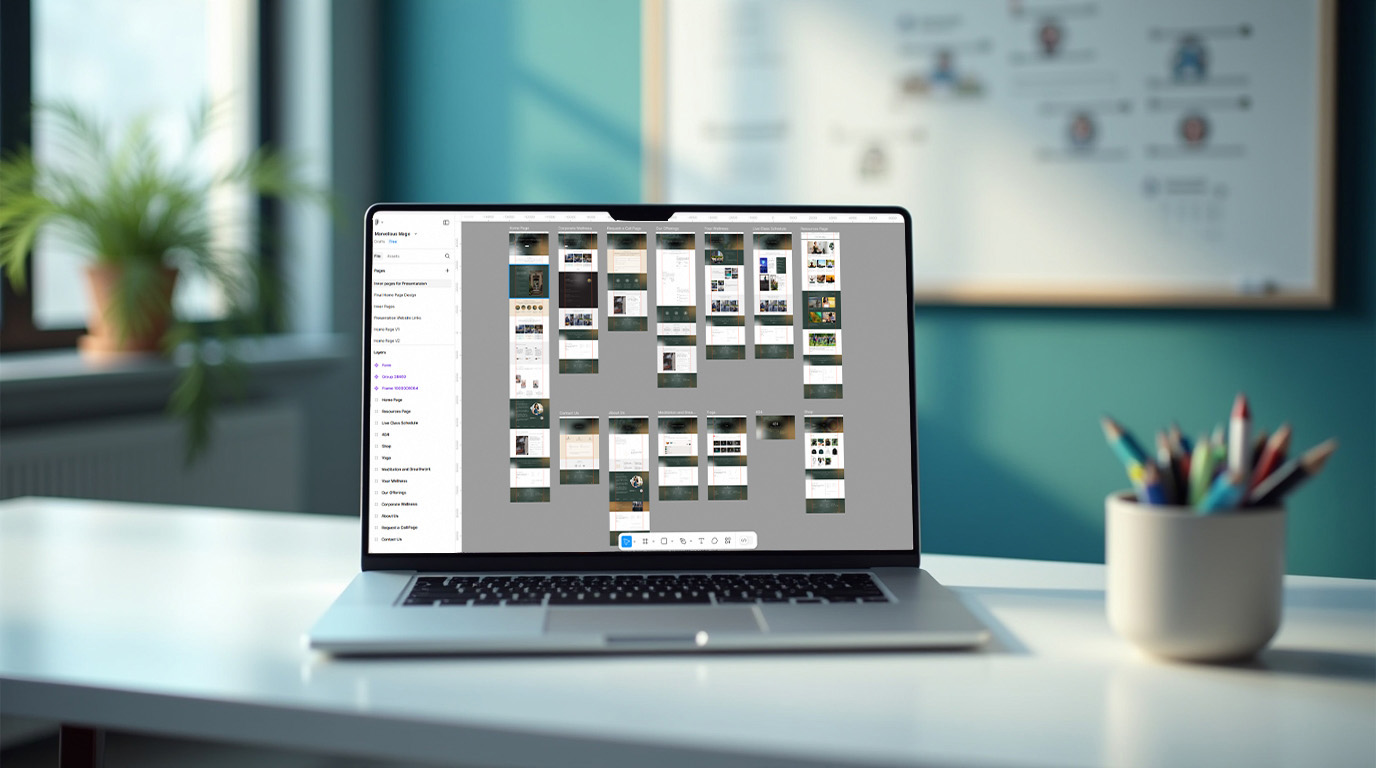Balance, Contrast, Alignment, Proximity: These are the pillars upon which compelling graphic design is built. Each principle has its role, from creating visual harmony (Balance) to drawing attention to key elements (Contrast), ensuring a clean and organized layout (Alignment), and grouping related items for cognitive ease (Proximity).






